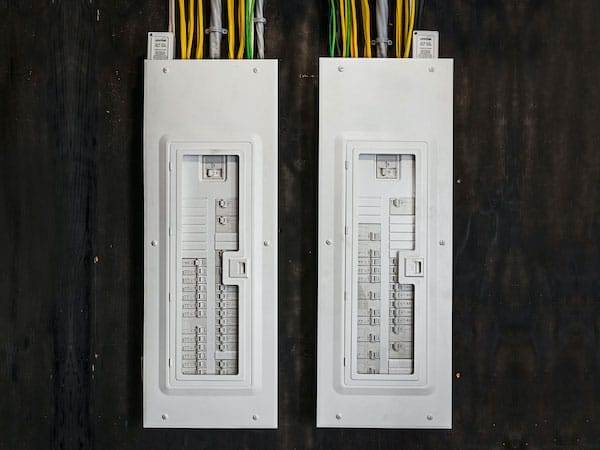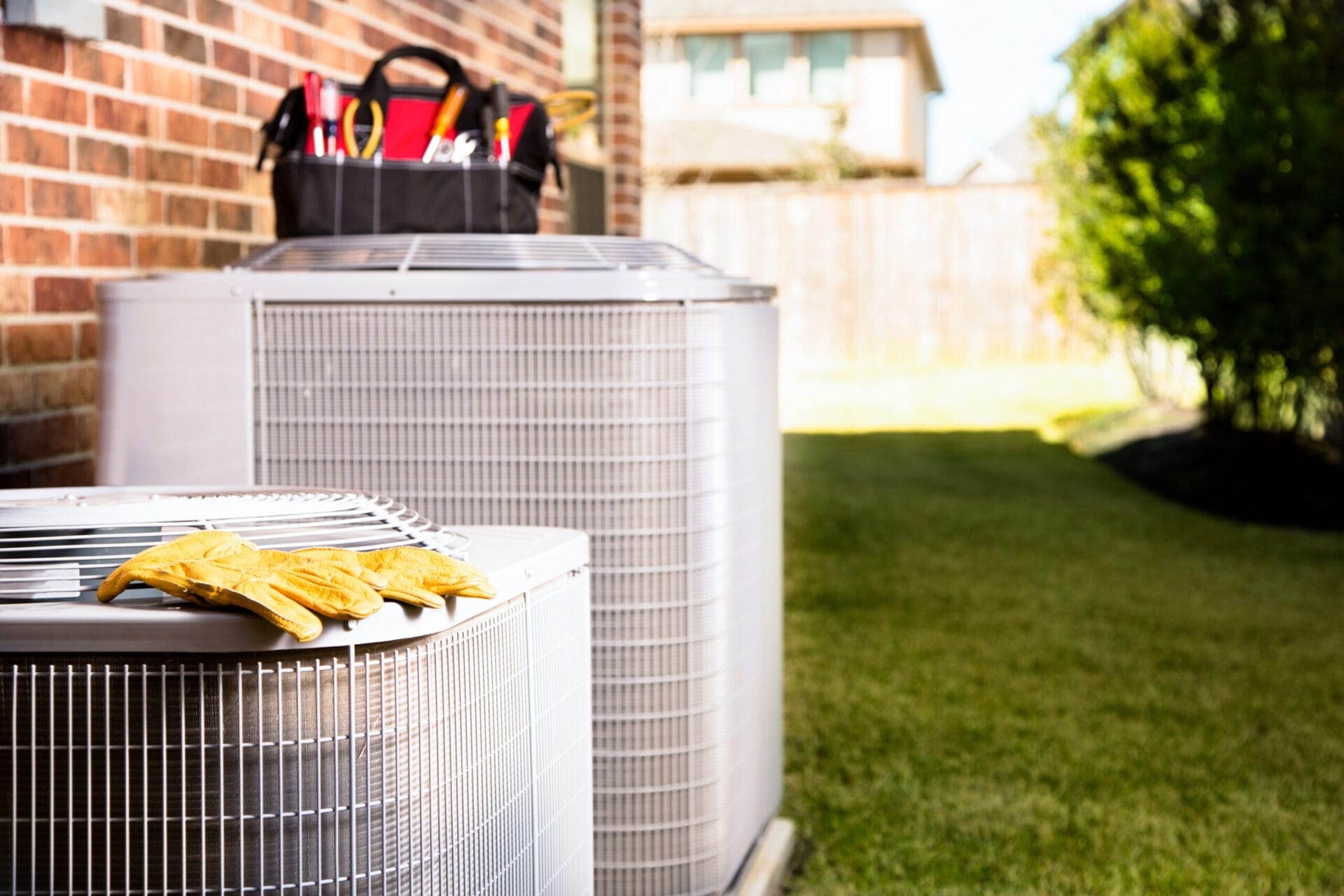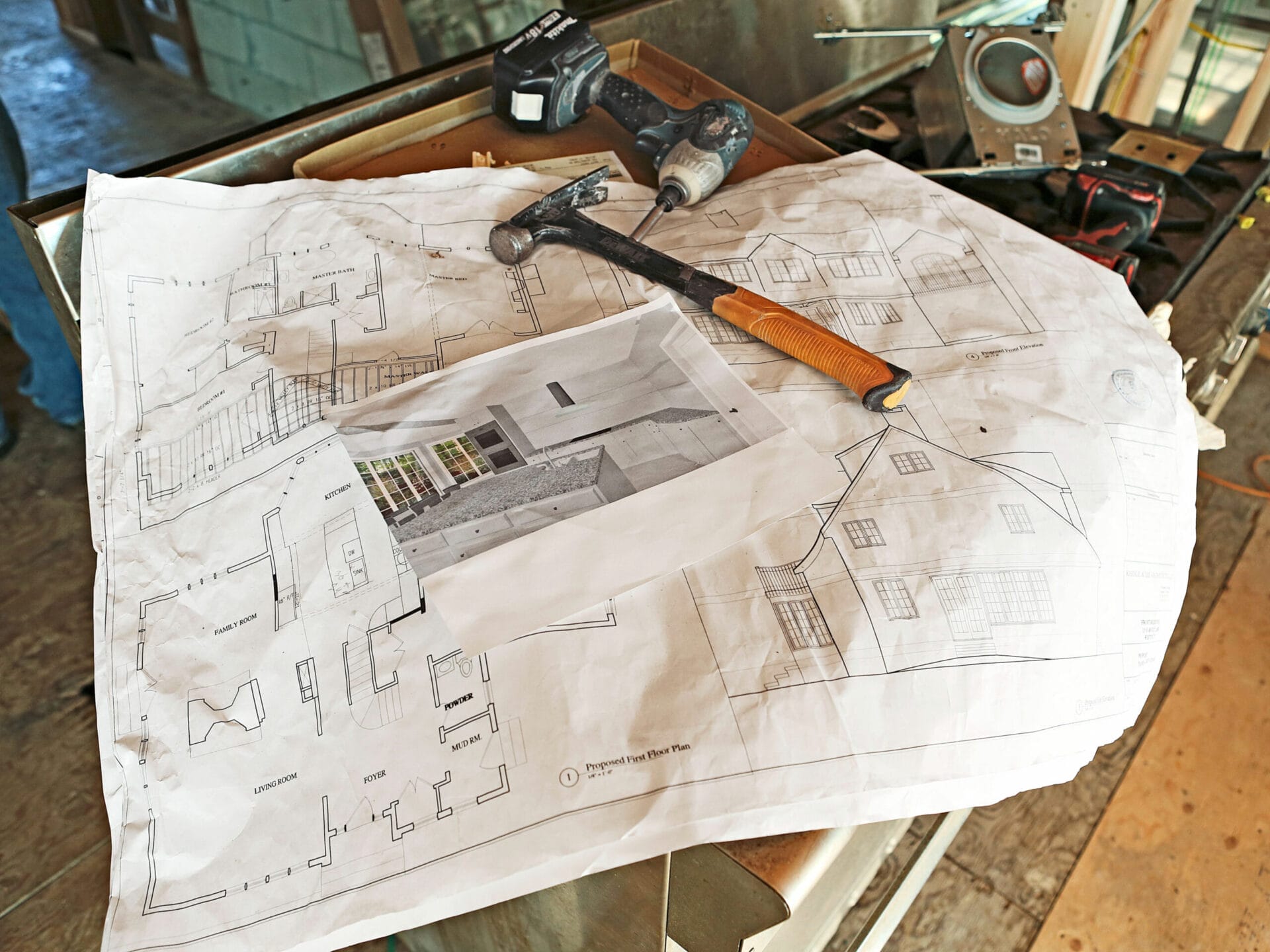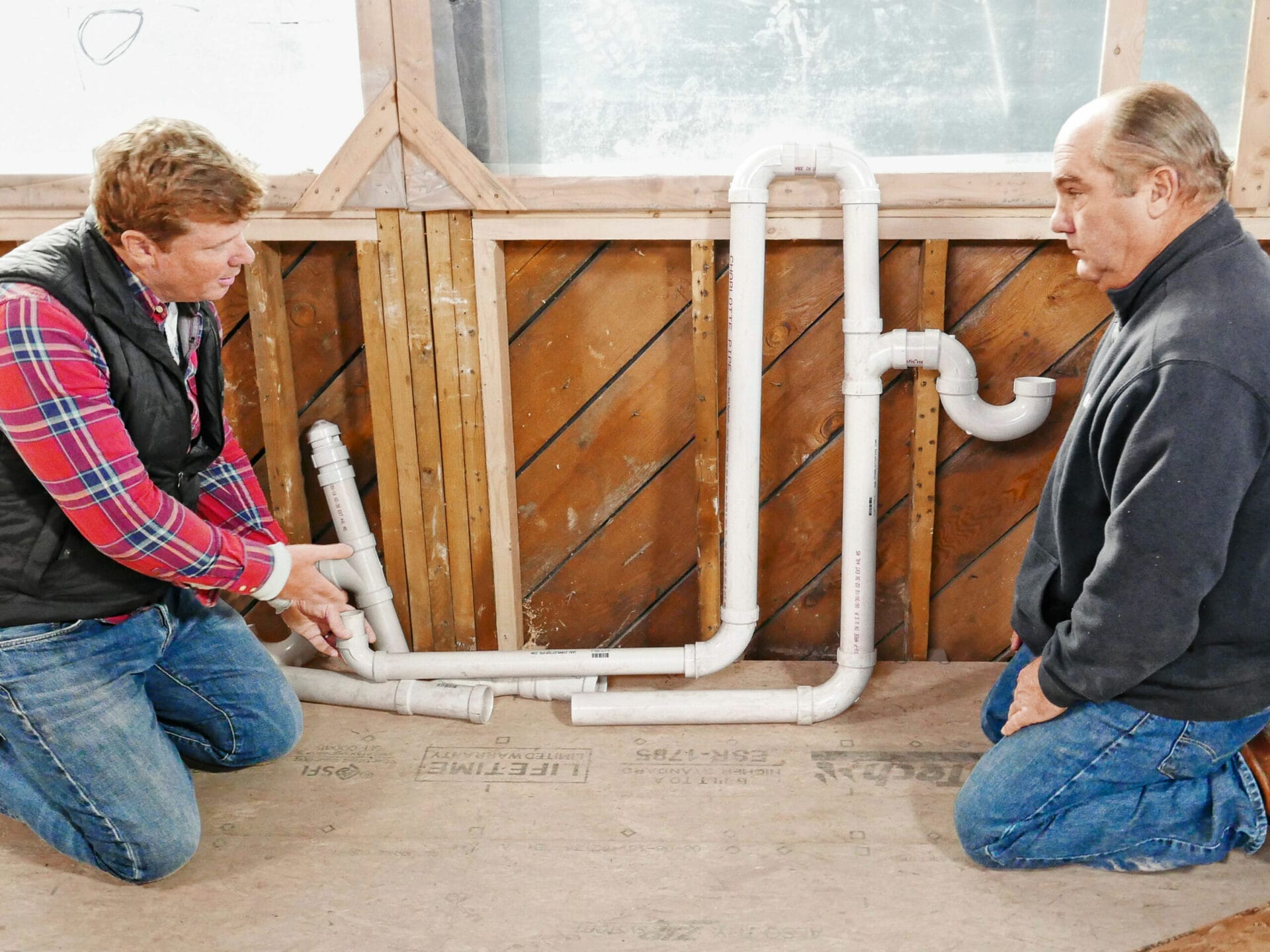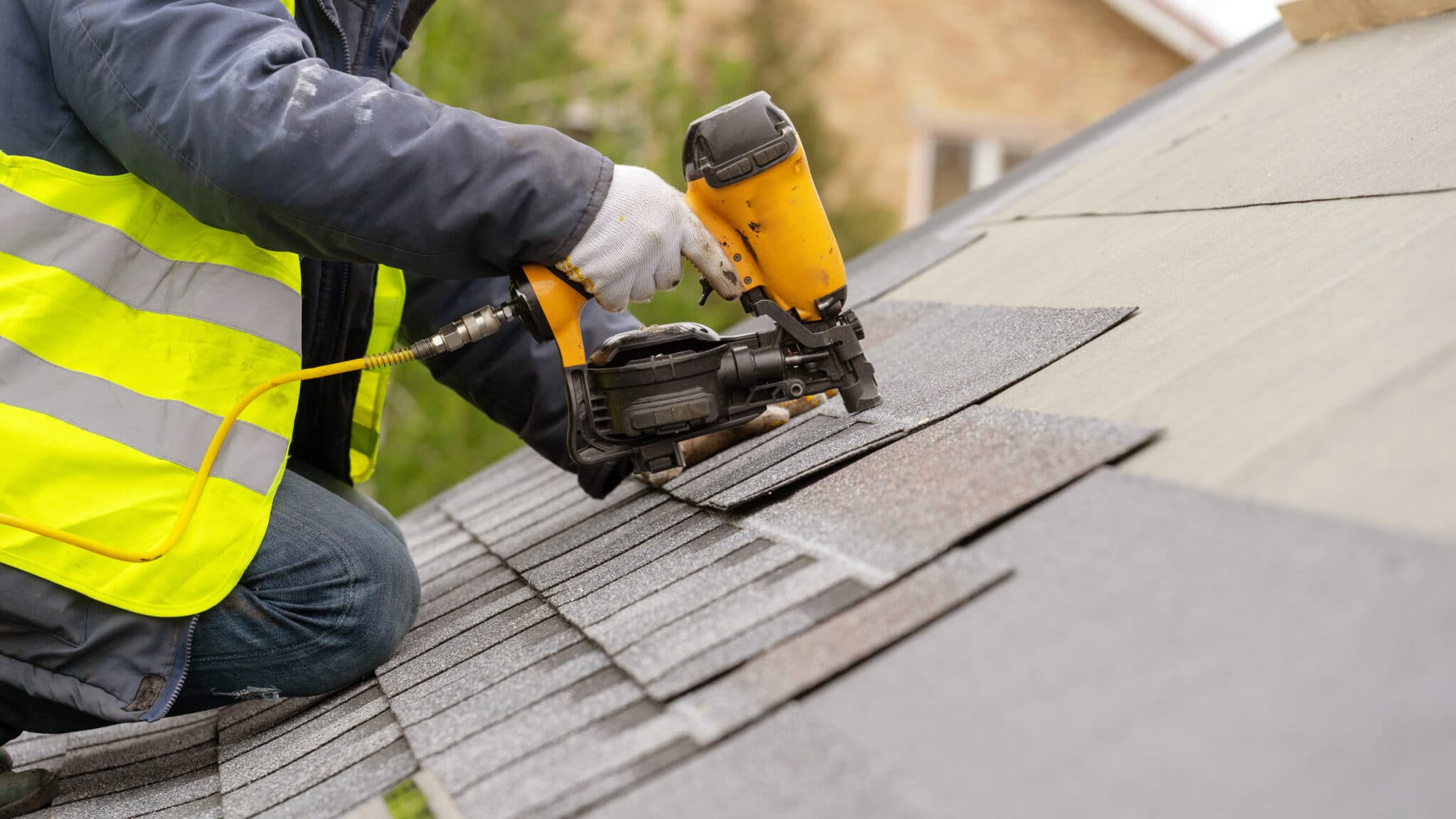This Old House

Filed under:
A Timeless Mural in 极速直播赛车的竞赛计划 线上数据免费统计分析结果优势 2026年持续极速更新赛车全记录 an 1893 Colonial Revival Home
The centuries-old tradition of hand-painted wall murals comes to life when an artist creates a stunning scene for the dining room of the Westford Historic Renovation project house.

This Old House
Season 46 starts with a 1929 home in Nashville, TN needing a modern update. Then, the crew heads to Ridgewood, NJ to restore a 1930s Colonial Revival. The last stop: a 19th-century historic home in Westford, MA.

Ask This Old House
Season 23 of Ask This Old House sees Kevin, Tommy, Richard, Jenn, and the rest of the experts help homeowners tackle their toughest home improvement projects.
TV Listings
Check your local listings for This Old House and Ask This Old House.
This Old House Radio Hour
America’s most trusted home experts share advice, stories, and surprises each week on This Old House Radio Hour. Tune in for building tips, design inspiration, DIY guidance, and conversations with top builders and artisans.











